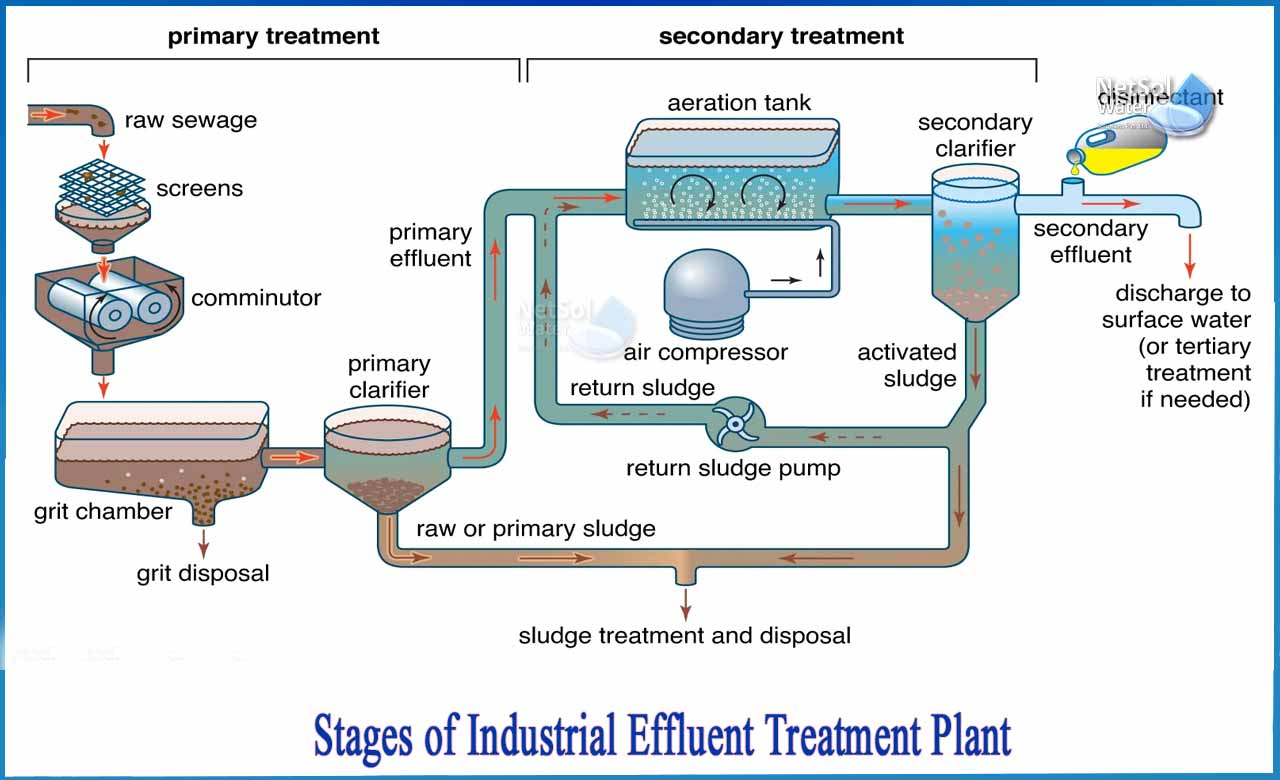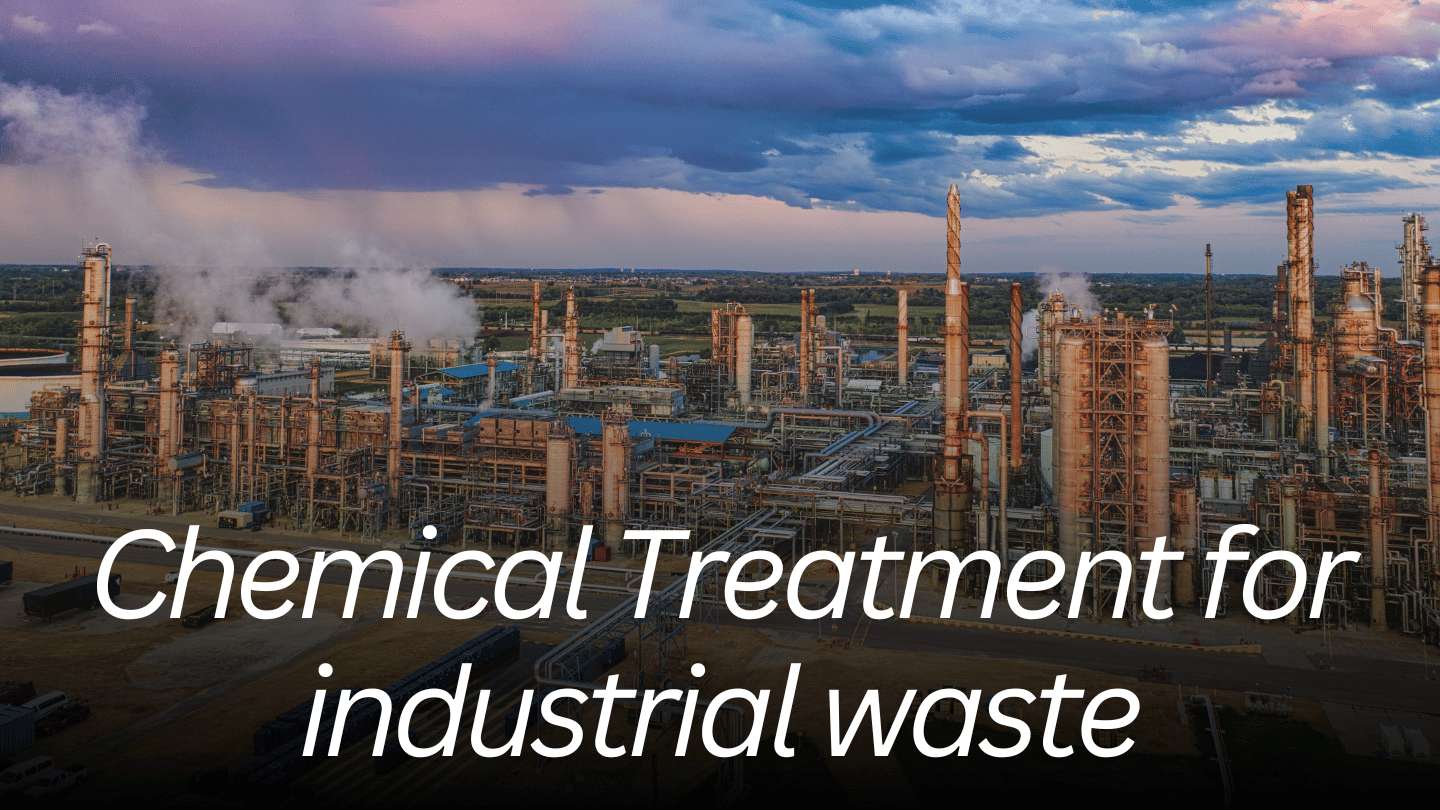Industrial Waste Water Treatment-- Advanced Solutions for Cleaner Effluents
Industrial Waste Water Treatment-- Advanced Solutions for Cleaner Effluents
Blog Article
Technologies and Advancements in Hazardous Waste Water Therapy Technologies
The landscape of commercial wastewater therapy is undergoing a transformative shift, driven by innovations that enhance both effectiveness and sustainability. As regulative requirements progress, the combination of AI and maker discovering right into wastewater monitoring systems assures to simplify operations and make sure conformity.
Summary of Drainage Treatment Technologies
Wastewater treatment modern technologies encompass a series of methods designed to remove impurities from commercial effluents before their release into the atmosphere. These technologies are crucial for maintaining eco-friendly equilibrium and making sure compliance with ecological laws. The main classifications of wastewater treatment consist of physical, chemical, and organic techniques, each serving distinctive objectives based on the nature of the impurities present.

Organic therapy methods employ microbes to deteriorate raw material, making them especially efficient for organic-rich effluents. Strategies like triggered sludge and biofilm activators harness the natural destruction abilities of bacteria, resulting in substantial decreases in biochemical oxygen demand (BODY)
Advanced Purification Strategies
Advanced filtration methods stand for a vital development in the realm of industrial wastewater therapy, enhancing the performance of impurity elimination procedures. Industrial Waste Water Treatment. These techniques include a variety of modern technologies, consisting of microfiltration, ultrafiltration, nanofiltration, and reverse osmosis, which offer consecutive barriers for various bit sizes and chemical frameworks
Microfiltration and ultrafiltration make use of membrane layer systems to get rid of put on hold solids, bacteria, and larger natural molecules, boosting the top quality of effluent before further therapy. Nanofiltration connects the void in between ultrafiltration and reverse osmosis, effectively removing natural substances and divalent ions, hence decreasing the load on downstream procedures.
Reverse osmosis provides the highest level of filtration by allowing only water and small particles to go through its semi-permeable membrane layers, making it perfect for redeeming high-grade water from industrial effluents. Recent innovations in membrane layer modern technology, including the growth of more fouling-resistant and resilient materials, have considerably improved functional effectiveness and minimized costs.
Including these innovative purification strategies not just improves the total therapy process but likewise adds to sustainability initiatives by making it possible for water reuse and source recovery in industrial settings. (Industrial Waste Water Treatment)
Biological Therapy Developments

In addition, the development of engineered biological systems, such as membrane layer bioreactors (MBRs), combines biological therapy with sophisticated membrane filtration. This combination enables greater effluent top quality and decreased footprint, making it ideal for space-constrained industrial facilities. Technologies in genetically crafted microbes have actually also emerged, boosting the biodegradation of specific impurities, such as pharmaceuticals and hefty metals, that are traditionally challenging to remove.
In addition, the implementation of bioaugmentation approaches, where helpful microbes are presented to boost the existing organic therapy procedures, has revealed promising lead to enhancing therapy performance. These developments jointly symbolize a pattern towards even more reliable and lasting organic therapy methods that can adapt to the progressing complexities of commercial wastewater streams. As sectors remain to prioritize environmental compliance, these biological developments will play an essential role in wastewater management.

Resource Recovery Methods
In industrial setups, the integration of resource healing techniques has ended up being significantly vital for boosting sustainability and lessening waste. These approaches concentrate on removing important materials and energy from wastewater streams, consequently transforming prospective toxins into reusable sources.
One prominent approach is vitamins and mineral recuperation, where nitrogen and this phosphorus, typically present in excess in wastewater, are recorded and exchanged fertilizers. This not only decreases ecological influences but additionally gives a round economic climate service for agricultural applications. Additionally, modern technologies such as anaerobic food digestion permit the conversion of natural waste into biogas, a renewable resource source that can counter nonrenewable fuel source usage in commercial operations.
Furthermore, advanced purification and membrane innovations assist in the recuperation of industrial byproducts such as salts and steels. These recuperated materials can be reintegrated into production procedures, reducing the requirement for virgin sources.
Future Fads in Drainage Management
As sectors increasingly focus on sustainability, the future of wastewater monitoring is established useful link to go through substantial changes. Technical improvements, such as man-made knowledge and equipment knowing, will enable extra efficient monitoring and management of wastewater systems. These technologies can anticipate upkeep demands, optimize treatment processes, and enhance decision-making, eventually decreasing operational expenses and environmental influence.
In addition, the combination of round economic climate principles will certainly play a critical role look at this website in wastewater management. Industries are anticipated to shift in the direction of systems that not only deal with wastewater however also recover valuable sources, such as nutrients, water, and energy. This change will minimize waste and advertise the reuse of materials, lining up with international sustainability objectives.
Emerging treatment strategies, such as membrane bioreactors and progressed oxidation processes, will better boost the efficiency of wastewater therapy, enabling for higher quality effluents ideal for reuse. Furthermore, governing structures are likely to advance, highlighting more stringent standards for wastewater discharge and motivating sectors to adopt innovative therapy services.
Verdict
In final thought, the evolution of commercial wastewater treatment technologies shows a significant shift towards boosted effectiveness and sustainability (Industrial Waste Water Treatment). Developments in sophisticated filtering techniques, organic treatments, and source healing methods highlight the market's dedication to environmental stewardship.
The landscape of commercial wastewater treatment is going through a transformative change, driven by developments that boost both efficiency and sustainability.Wastewater treatment modern technologies incorporate a range of techniques made to eliminate pollutants from commercial effluents prior to their launch into the environment.Harnessing the power of biological procedures has led to considerable technologies in the treatment of commercial wastewater.In addition, the execution of bioaugmentation approaches, where valuable microorganisms are presented to boost the existing organic treatment processes, has actually revealed appealing results in improving therapy efficiency. These advancements collectively signify a trend in the direction of more reliable and lasting biological therapy methods that can adapt to the progressing intricacies of industrial wastewater streams.
Report this page